REGULAR HOURS: TUESDAY-THURSDAY 12-6PM // FRIDAY & SATURDAY 12-8PM // SUNDAY 12-5PM // CLOSED MONDAYS
Vol. 45 - "When should you drink a wine?
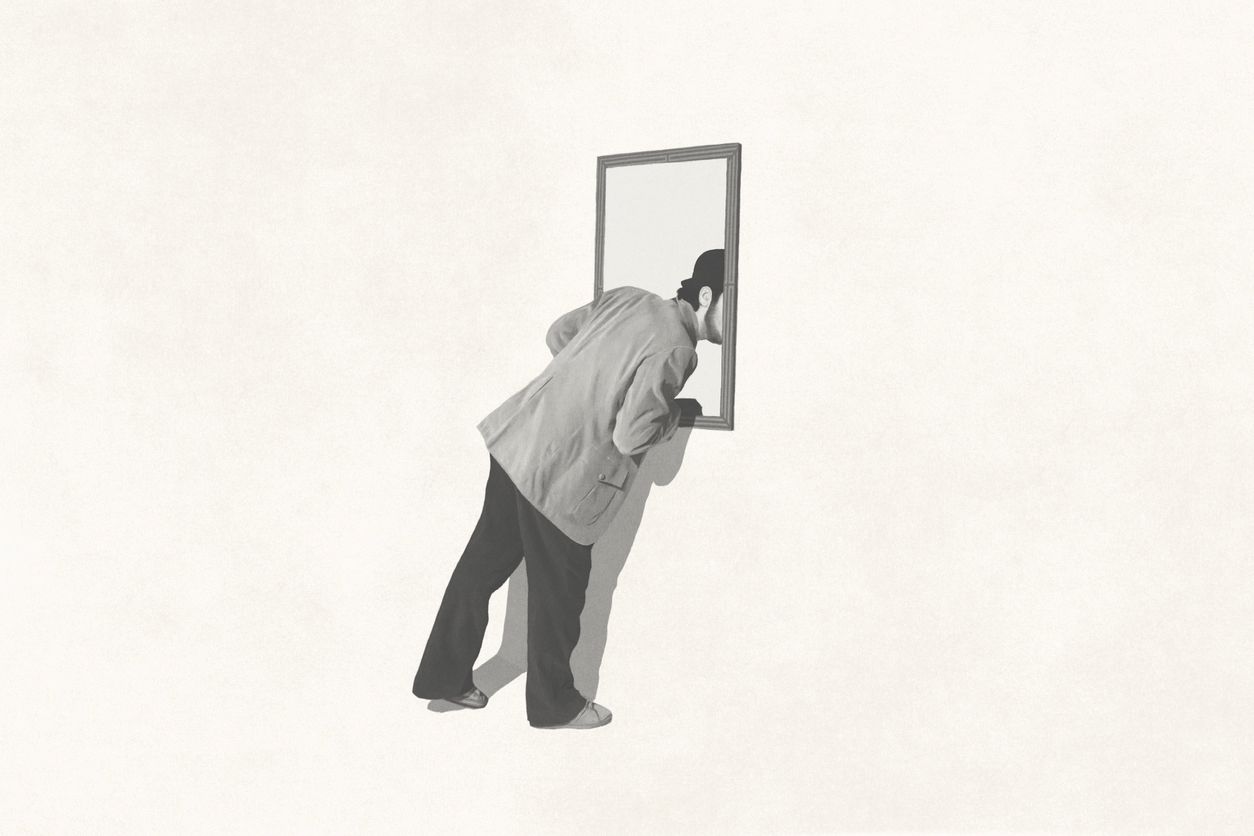
When should you drink a wine?
The apogee of a wine, a window in time.
But beware of generalities... because we must rather choose singularity.
Book of Bertil 45
The Revelation
Introduction
Many of you ask me how to know how long you can keep a wine and when it should be drunk. While I'd like to answer concisely, this answer isn't as straightforward as many of you would like it to be, because it involves a lot of "IFs." It is actually divided into three distinct subcategories. The first is the organoleptic evaluation of wine in its youth, a rational and quantifiable analysis that refers to precise technical information. The second, on the other hand, is indefinable since it depends on the life of the bottle and its storage over time. The third is even more indefinable since it is directly related to your "personal" senses. So, I won't hide from you that the informative generalities that associate a wine with its region and year of production to define its apogee reflect an almost insolent simplicity statement. I will therefore, as best I can, explain to you what you need to know and above all demonstrate to you why these generalities are ideocratic.
PS: Depending on your personal interest in wanting to deepen your understanding or not, I will divide this document into annotative subcategories to which you can refer for more information.
CHAPTER 1.0
Verse 45.1.01: The apogee
While the holy scriptures use the term "window of time" to describe moments when human time opens up to eternity, offering access to divine events or spiritual truths, this "window" manifests itself in several conceptual contexts and represents moments of revelation and divine guidance when light and truth illuminate the soul. In the case of the divine drink "Le Vin", it is the moment when it sublimates and offers inexplicable emotions belonging to the spiritual, because it is the opening to the grace and wisdom of time. The question is therefore to know when, in the temporal, it will be necessary to open the bottle in order to transcend the experience, knowing that before that time it would be too early, and that after that, it will be too late. Determining the peak date of a wine, i.e. the moment when it reaches its optimal balance of fruit, structure, complexity and harmony, is as much a science as it is an art. This is not a fixed figure, but an estimate based on an understanding of wine in all its dimensions: its origin, its production, its chemical structure and its evolution over time. Alas, in this modern world where generalities are imposed on everyone and everything, we forget that the identity of an artisan wine depends entirely on the singular and particular relationship it has maintained with its winemaker, over time and in its micro-geographical specificity. Here is how we can, with method and sensitivity, approach this mysterious notion.
45.1.02: Understanding what the Apogee
The peak of a wine refers to the moment of maximum sensory maturity: the tannins have softened, the primary aromas of fresh fruit have given way to more complex notes (tertiary: leather, undergrowth, tobacco, truffle), and the palate has gained in texture and coherence. Before the apogee, wine can seem closed, austere or dominated by its structural components; Afterwards, it can decline, losing fruit and freshness in favor of oxidized notes. The apogee is therefore not a single point, but a time window during which the wine fully expresses its maturity.
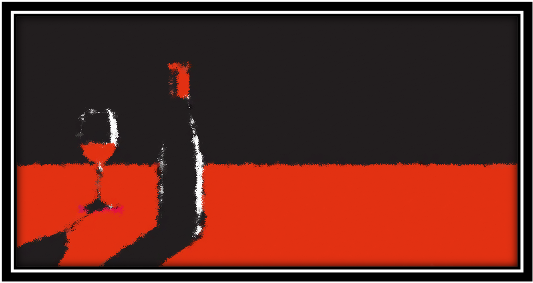
45.1.03: The organoleptic evaluation of wine in its youth
The factors determining the longevity and possible peak of a wine are determined first and foremost by visual evaluation. No matter how deep and intense the color is, it is above all the unity of its hue that will tell you its ability to age. If you take the time to observe the wine in a glass tilted at 45 degrees under a light source, the wine will have a beautiful shine, without gradations, and you will be able to see a beautiful transparent and uniform disc on its surface: this indicates that you are in the presence of a wine capable of aging well. If, on the other hand, color variations appear from youth, this reveals an imbalance that will affect its possible longevity. As for the aromas (the nose), they are not reliable and impartial factors, because they depend on the grape varieties. It is above all the palate that provides precise information on the ageing potential. If the tannins are firm and angular, the apogee is far away; If the fruit dominates and the palate is harmonious, the climax will be closer. For both whites and reds, if the wine shows great acid tension and a persistent finish, it can age for a long time. Conversely, a soft structure and flattering fruitiness indicate a wine to be drunk more quickly.
In short:
- Acidity is the backbone of the wine: the higher it is, the more the wine will be able to age.
- The tannins are the muscles: if they are abundant but fine, they support a slow and harmonious evolution.
- The alcohol and the material add volume and protect the wine from oxidation.
- The general balance indicates the ageing potential. A harmonious young wine will age well; An unbalanced wine with too much wood, empyreumatic aromas, heat or acidity will not correct itself over time.
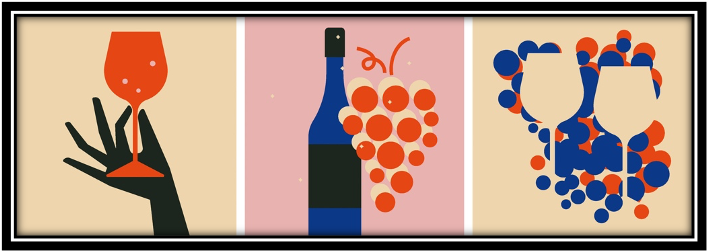
CHAPTER 2.0
Verse 45.2.01: The life of wine and its storage
Even the best wine will only age well if it is stored in ideal conditions. Buying wines in their youth guarantees storage without surprises: stable temperature around 13 °C (55 °F), darkness, relative humidity of about 70%, and no vibrations. Improper storage, with significant variations in these factors, will accelerate aging and distort the original evolution curve. Finally, we must accept that there is no absolute formula. The evolution of wine depends on an infinite number of chemical and biological micro-factors: dissolved oxygen, reduction, sulphur, cork, etc. Even two identical bottles, stored differently, will undoubtedly age at different rates.
45.2.02: The interaction of your senses with wine
Humans are inaccurate machines, their data, unlike those of a computer, are influenced by the physical condition of the taster at the time of evaluation, which affects the accuracy of sensory perception. It is therefore important to retaste (re-evaluate) the wine over 24 to 48 hours to cross-reference the information before concluding on the possible temporal projection of ageing.
45.2.03: Cross-information
In short, knowing how to estimate the peak date of a wine means combining technical knowledge, sensory memory and intuition. It also means accepting that each wine, like each living being, has its own tempo, and that the real pleasure lies as much in waiting as in discovery. The art of determining the peak date of a wine is both precise and complex, and even if a particular vintage in a given region can be based on objective indicators (climate, maturity, structure), it is impossible for the consumer to make a fair assessment without accepting a significant margin of error. The only reliable solution is to rely on wine professionals and to cross-reference several sources of information:
Winemaker's notes: Read the technical information published by the estate. The winemaker knows his wine best.
Wine Critics: Select the ones that match your tastes and sensibilities. The apogee of a wine remains a subjective science.
Verse 45.2.01: Why are generalities ideocracies?
Understanding the composition of a wine is essential to understand its evolution. Most chemical compounds come from the winemaker's interactions and decisions, and each wine is therefore unique.
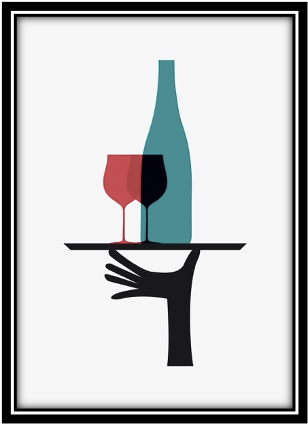
CHAPTER 3.0
Annotative subcategories
A) The chemical composition of a wine
The organoleptic chemical composition of a wine, i.e. all the molecules perceptible by the senses, is incredibly complex: more than 800 compounds have been identified. Flavanols, a subfamily of flavonoids, are responsible for a significant part of the organoleptic properties (color, astringency, bitterness, secondary aromas) and stability of the wine.
H₂O:
A wine is made up of about 85% water, which is the carrier for all other substances. It influences the texture (fluidity, density), the sensation of freshness and the ability of aromas and alcohol to dissolve.
Ethanol or ethyl alcohol:
Produced by alcoholic fermentation (transformation of grape sugar into alcohol and CO₂ by yeasts), it plays several important roles in the structure and longevity of a wine. From a chemical point of view, it is a solvent of aromatic molecules, helping aromas to be released on the nose (olfactory sensation). It also acts as a softener, bringing roundness and warmth to the wine.
Sugar:
Even though yeasts absorb glucose from grape juice and convert it into ethanol, some wines can, depending on the style, retain residual sugars ranging from 0.5 to 300 g/L. These sugars bring sweetness and mellowness, balance the acidity and give a feeling of fat and volume in the mouth. In powerful red wines, residual sugar helps to mask acidity and soften tannins.
Acids:
Essential to the balance and freshness of the wine, they bring liveliness, lengthening in the mouth (caudalies) and stimulate salivation. They balance sugar and alcohol and determine the ageing capacity of a wine.
- Tartaric acid: Structure, tension (specific to grapes).
- Malic acid: Greenness (decreases with malolactic fermentation).
- Lactic acid: Sweetness, roundness (from malolactic fermentation).
- Citric Acid: Lemony freshness.
- Acetic acid: Vinegary (in excess, lack of volatile acidity).
Polyphenols:
Tannins, anthocyanins, flavonoids. These are the structural and antioxidant molecules of wine, mainly in the reds, extracted from the skin, seeds and wood (stalks). The tannins give astringency, ensure structure and longevity in the evolution of the wine, this sensation goes from hard to silky, then melted.
- Anthocyanins: Pigments responsible for the red/purple color. Combine with tannins over time, stabilizing the hue.
- Flavonoids and catechins: Contribute to color, structure, and notes of bitterness. White wines contain very little, except those aged in prolonged contact with the skins (orange wines).
Minerals and organic salts:
Potassium, calcium, magnesium, sodium, iron, etc. They influence saltiness and tactile texture. Wines from limestone or marine terroirs can have a perceptible taste minerality.
Dissolved gases:
The CO₂ from fermentation can be deliberately retained (effervescence) or give a slight tingle of freshness (frizzante). It is both the friend and the enemy of wine: in small doses, it promotes aromatic complexity; in excess, it causes oxidation and decline of the wine.
Trace and colloidal compounds:
Proteins, polysaccharides, mannoproteins (from dead yeasts). These compounds contribute to the sensation of fatness, the stability of the wine and the aromatic persistence.
B) Volatile aromatic compounds:
A few milligrams are enough to create the olfactory signature of the wine.
There are three main families according to their origin:
Primary aromas: Straight from the grapes. Examples: thiols - grapefruit, boxwood (Sauvignon Blanc, Colombard); terpenes - rose, lychee (Muscat, Gewurztraminer); methoxypyrazines - green pepper (Cabernet, Carmenère).
Secondary aromas: Created during fermentation by yeasts, ester products – fresh fruits such as banana, pear, apple.
Tertiary aromas: Ageing, from ageing and time, described in three stages:
- Gentle oxidation: Nuts, honey, leather, tobacco.
- Controlled reduction: Truffle, game, smoked.
- Wood: Vanillin, lactones, spices (vanilla, coconut, cloves).
Interaction of compounds: organoleptic synergy
The compounds interact synergistically or antagonistically, modulating the structure and body of the wine. For example: sugar softens the acidity, alcohol amplifies the aromas but masks the freshness, the tannins seem harder if the acidity is high, etc.
C) Why a window rather than an exact date?
A wine, like a living being, is born, grows, matures and declines at a pace depending on its nature, its vintage, its terroir and its conservation. Here are the main cycles of a wine's evolution:
Early life
Birth and ardour. Fresh aromas of fruit, yeast. Rough tannins. Crisp acidity. Intense color.
The closure
Silence and withdrawal. Closed aromas, dominant tannins. The chemical structure is reorganized. A necessary phase before the complexity is revealed.
The opening
The wine opens up, melted tannins, softened acidity, complex aromas (ripe fruit, spices, undergrowth, honey...). Beginning of the…
Apogee Perfect harmony
Ideal balance between fruit, structure, complexity and texture. Tertiary aromas: truffle, leather, tobacco, mushroom, dried fruit, honey, sweet spices. Silky, persistent palate. Color tiled red, golden yellow, amber.
The decline
Slow fatigue and chemical and physical deconstruction. Dominant tertiary aromas, dissolved tannins, pale colour, disappeared fruit, sometimes accentuated acidity. The wine becomes fragile but can remain moving and subtle.
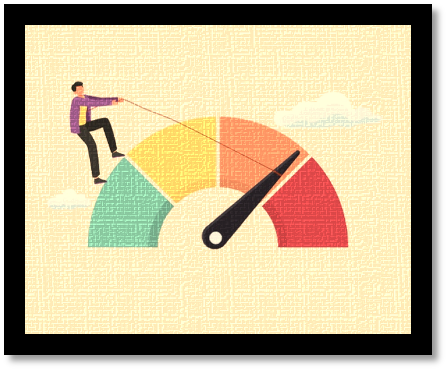
Conclusion
You have just discovered that estimating the peak of a wine is neither an exact science nor a simple formality, it is a subtle art that combines technical knowledge, careful observation, sensory memory and personal intuition because each wine has its own rhythm, shaped by its terroir, its vintage, the know-how of the winemaker and the conditions in which it has been kept. Each wine is therefore unique, from its youth, its closing, its opening, its peak and its decline, the wine does not follow precise dates but variable time windows, during which it reveals in turn its fruit, its structure, its complexity and its grace. It is therefore wise to rely on the expertise of professionals: Winegrowers, Sommeliers and Specialized Critics who have an in-depth knowledge of the wines, their evolution, and their ageing potential, which allow to a certain extent (apart from unknown factors) to better anticipate the peak to savor each wine at the moment when it will fully express its harmony.
So, if each wine tells its own story and expertise guides us in this discovery, how do you decide, deep down, the exact moment when it will fully reveal its truth to us since it will always depend on your openness and acceptance of the divine. So, the question is "do you have faith" to wait for it to reveal itself to you?
Mr. B
*Memorandum: My words and opinions in these newsletters are and would always be personal, and I intend to offend. I always accept that others have the full right and duty to challenge me, to argue, and, if it is necessary, excommunicate me from their beliefs (often dull and hollow) because I would act the same way if it were the other way around.
Display prices in:USD
